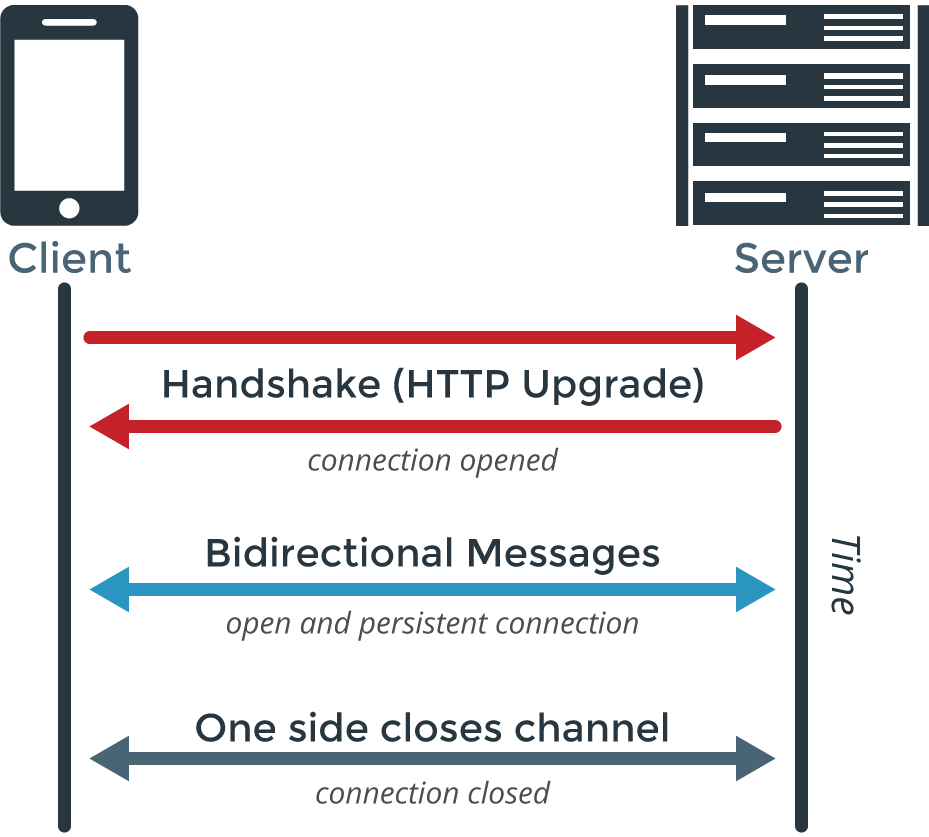What is an API?
An API is like a menu in a restaurant. It provides a list of dishes you can order, along with a description of each dish. When you specify what you'd like to order, the kitchen (i.e., the system) prepares the dish and serves it to you. In this analogy:
Menu: The menu is the API. It lists the available options you can order, along with a description of each option.
Order: Placing an order is making an API request. You request a specific dish (i.e., functionality) from the menu (i.e., API).
Kitchen: The kitchen is the system that takes your order, prepares the dish, and serves it to you. This is like the software or system that processes your API request.
Dish: The dish is the data or action that you get as a result of your order. It's what you wanted in the first place.
Why Do We Use APIs?
APIs are essential because they allow different software applications to communicate and work together. Just as you don't need to know how the dish is prepared in the kitchen, users of an API don't need to know the technical details of how it works; they just need to know how to order from the menu.
Real-Life Examples:
Social Media Login: When you log in to a website using your Facebook or Google account, the website is using the Facebook or Google API to verify your login credentials.
Weather App: A weather app on your phone uses APIs to fetch the latest weather information for your location from a weather service provider's servers.
E-commerce: E-commerce websites often use APIs to connect with payment gateways for processing payments securely.
In essence, APIs enable different software systems to talk to each other, share data, and provide functionality without having to understand the complex inner workings of each system. They are like the waitstaff that takes your order at a restaurant, delivering the results you requested from the kitchen.
RESTful API (Representational State Transfer):
Communication Protocol: RESTful APIs use HTTP/HTTPS for communication, making them suitable for the web.
Data Transfer: Data is transferred in a stateless manner, meaning each request from a client to the server must contain all the information needed to understand and fulfill that request.
Data Format: They typically use common data formats like JSON or XML for data exchange.
Operations: RESTful APIs support a limited set of operations, primarily using standard HTTP methods such as GET (retrieve data), POST (create data), PUT (update data), and DELETE (remove data).
Stateless: REST APIs are stateless, meaning each request from a client to the server must contain all the information needed to understand and fulfill that request.
Scalability: They are highly scalable due to their simplicity and statelessness.
Use Cases: Commonly used for web services, mobile app backends, and public APIs.
WebSocket API:

Communication Protocol: WebSocket APIs provide full-duplex, bidirectional communication over a single, long-lived connection.
Data Transfer: Data can be sent and received in real-time without the need for repeated requests.
Data Format: They allow various data formats, including JSON, binary data, or custom protocols.
Operations: WebSocket APIs are ideal for scenarios where real-time data updates are required, such as chat applications, online gaming, financial trading platforms, and live sports scores.
Stateful: Unlike RESTful APIs, WebSocket APIs maintain a continuous connection and can push data to clients without explicit requests.
Scalability: They are suitable for real-time applications that require instant updates and reduced latency.
Use Cases: Commonly used in applications where low-latency, real-time communication is crucial, such as chat applications, online gaming, and live data feeds.
Web API (Web Application Programming Interface):
Communication Protocol: Web APIs are a broad category that includes RESTful APIs, SOAP APIs, and more. They can use HTTP/HTTPS or other protocols.
Data Transfer: Data exchange depends on the specific API type, but many web APIs use JSON or XML.
Operations: Web APIs can offer various operations, from simple data retrieval (GET) to more complex interactions like authentication, file uploads, or custom actions.
State: Web APIs can be stateless (like REST) or stateful (like WebSocket) depending on their design.
Scalability: Scalability depends on the specific API and how it's implemented.
Use Cases: Web APIs are incredibly versatile and can be used for a wide range of applications, including social media integrations, payment processing, data analysis, and more.
In summary, RESTful APIs are great for standard web services and data retrieval, WebSocket APIs excel in real-time applications, and Web APIs encompass a wide range of interfaces used for web-based communication, including RESTful and WebSocket APIs. The choice depends on your specific use case and requirements.
AWS API GATEWAY

AWS API Gateway:
AWS API Gateway is a cloud service that allows you to create, publish, and manage APIs for your applications.
It can handle both HTTP and WebSocket protocols, making it versatile.
For HTTP, it helps you expose RESTful APIs to the internet, while for WebSocket, it enables real-time, bidirectional communication via APIs.
API Gateway provides security, authentication, rate limiting, and scalability features for your APIs.
